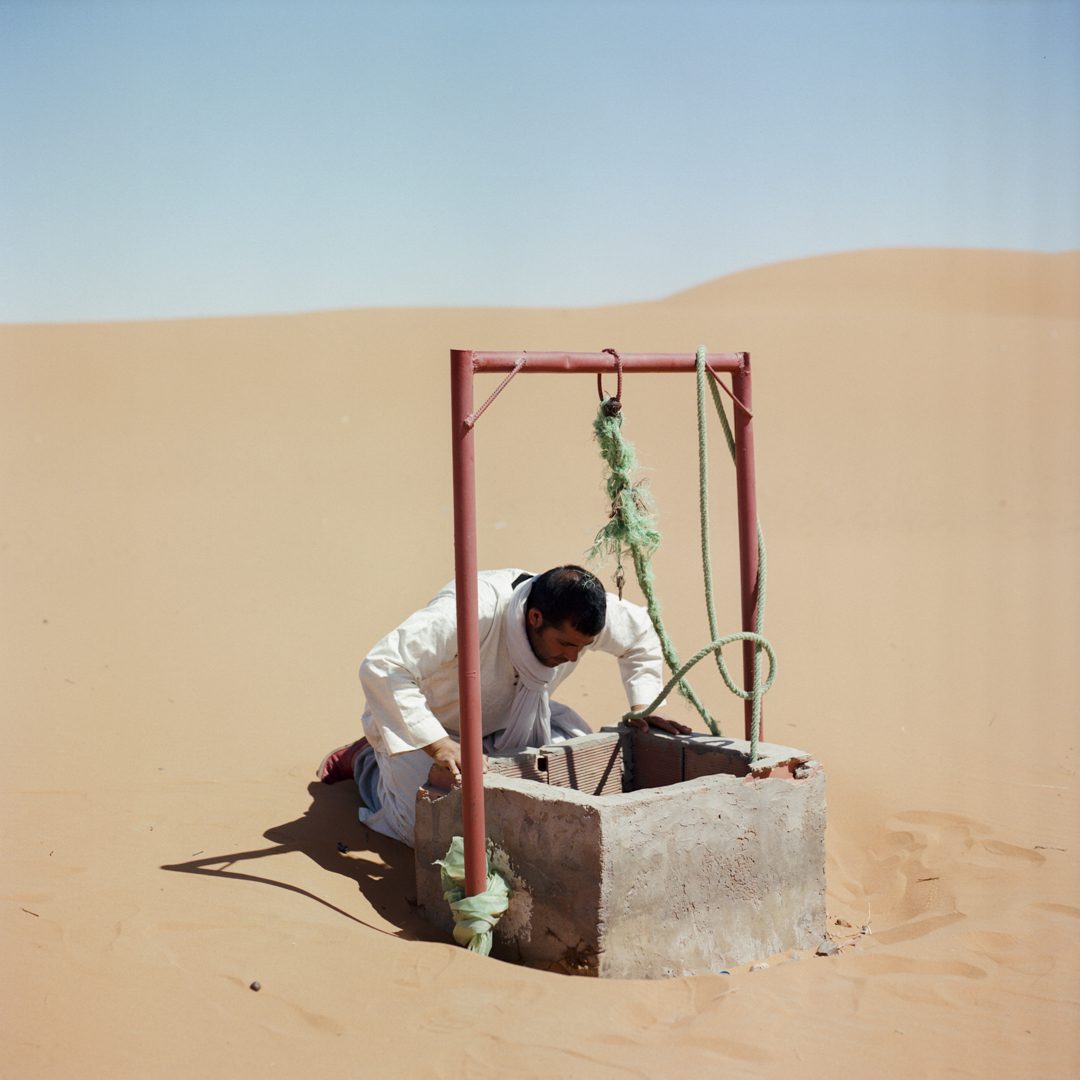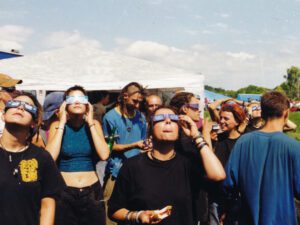More than 71% of the Earth’s surface is water. It is a fundamental part of life: the body is made up of between 60 and 70% water, and humans can typically only survive for three days without drinking. The liquid also plays a vital role in heavy industry, infrastructure, agriculture and hygiene. Yet, according to the UN, 2.2 billion people around the world lack access to safely managed water services. In most countries, the burden of collection mainly falls to women and girls. The increasingly urgent climate crisis means that access has become less predictable, whilst flooding, droughts and melting ice caps are now terrifyingly common. Wellcome Collection presents Thirst: In Search of Freshwater, a major exhibition that explores humanity’s vital connection with water as an essential source of life and good health. The exhibition features an impressive 125 objects, including both contemporary artworks by figures like Gideon Mendel, Chloe Dewe Mathews and Susan Schuppli, and historical artefacts. We caught up with Wellcome Collection curator Janice Li to hear more about the exhibition, the influence of Indigenous knowledge on her curatorial approach and what she hopes people will take away from visiting the show.
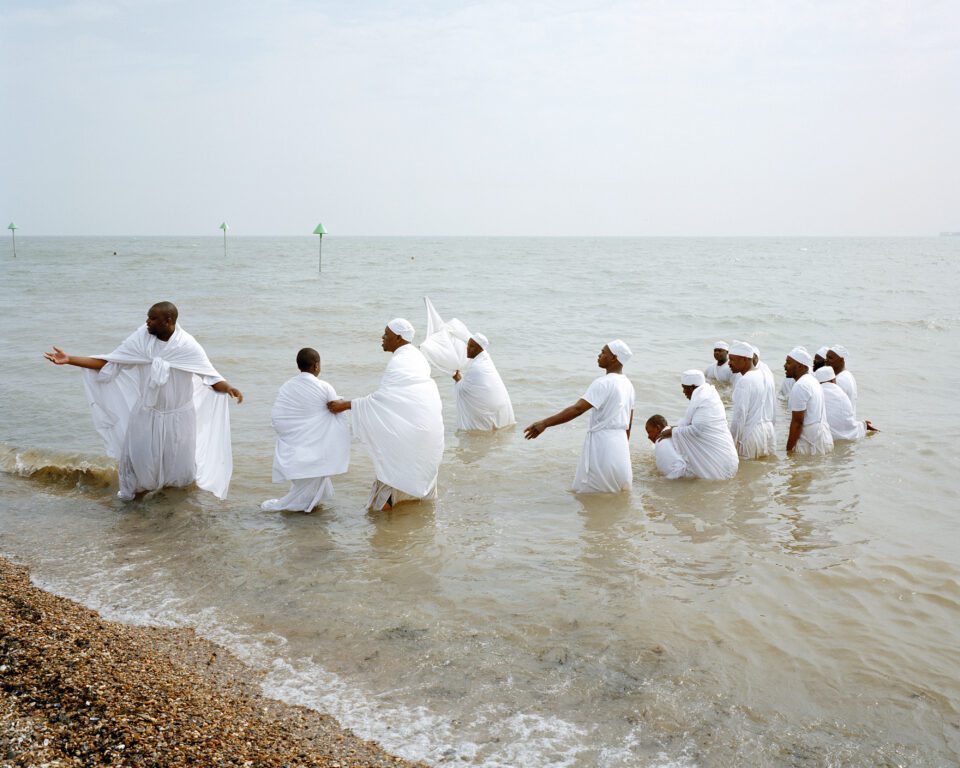
A: Thirst spans times and cultures, from ancient Mesopotamia to Victorian London, and extends to present-day Nepal and Singapore. Where do you start curating such an expansive show?
JL: I started in Ancient Iran, looking at the history of the Qanat, which is an underground water transport system originating from Khuzestan. I think the earliest recorded usage is from about 3000 years ago. There is quite a lot of work by Iranian researchers, engineers and architects about how expansive the Qanat network was, spanning an entire country, through deserts and cultural hybridisation. They also look at how similar systems spread throughout south Asia, the Mogul Empire and via Islamic expansion to north Africa, much of Spain and southern Italy. It was fascinating to see how one technology, which hasn’t really been spoken about, supported so many cultures to thrive in the last few thousand years. So, the concept of Thirst really came from this interest in how one idea can span different times and geographies.
A: Freshwater is both a source of life and conflict, as the exhibition poignantly shows. How do you balance contrasting themes of hope and crisis?
JL: This is a good question. In my research, and just generally from reading the news, I’ve noticed that there are definitely more bad news stories than good. We are inundated with disasters, challenges and conflict, which is why I had a big sticky note on my inspiration board for the exhibition that said “joy” and “hope”. It was a self-reminder that we must hold onto these aspects when telling this story. There is hope because water is cyclical: it will be washed away, but it will also come back again. We must remember that water itself is pure, it’s life giving, there is always hope. In the process of making the exhibition, it wasn’t really a box-ticking exercise where I positioned one negative story with one good one. A lot of the projects have a mixture of both. One of my colleagues, when she saw it for the first time, commented on how Susan Schuppli’s Ice Recordswas so sonically beautiful, and she enjoyed it so much, but then felt guilty when she realised that she was listening to the sound of melting ice. But beauty can be found in all forms of nature, even when things are decaying and there is destruction. It means there is possibility for rejuvenation.
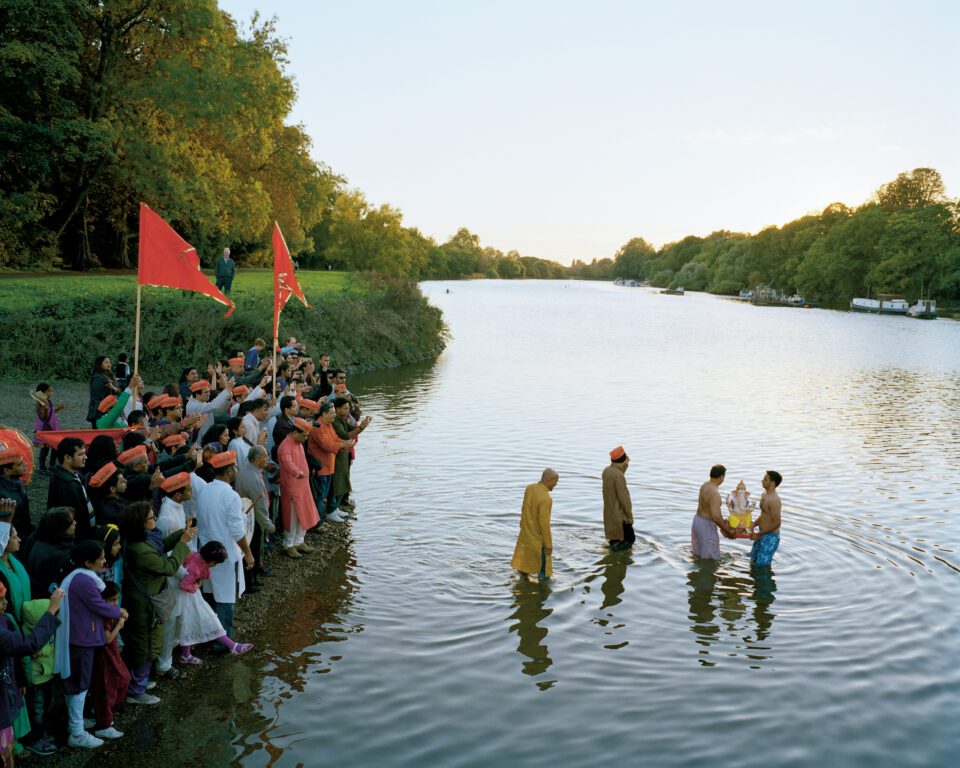
A: The exhibition’s five sections – Aridity, Rain, Glaciers, Surface Water, and Groundwater – each focus on a distinct dynamic. Can you walk us through how you landed on this approach?
JL: I wanted to allow room for complexity and integrity. In many thematic exhibitions, you often see curators splitting sections by topic, but each of the works we exhibit contain stories that are relevant to so many areas – they’re about agriculture, hygiene, community and culture. I landed on the idea of organising like this to allow their complexities to unfold organically. I started the exhibition with “Aridity”, which I thought was natural – this is where you find people the thirstiest, in the land of dryness and drought. It’s natural to feel thirst in arid land, so it just felt right to begin there. Heat, drought and a lack of water are so interconnected and are one of the biggest issues we face environmentally. The section starts in Morocco with M’hammed Kilito’s Before it’s gone, where the population is experiencing a seven-year-long drought. It changes people’s lives and ways of engaging with the land. This is also where I could bring Qanat – that traditional, ancient form of engineering – into the fabric of the exhibition. Thirst is a form of desire and longing – you yearn for rain. That is why we then move into “Rain.” From there, when we get too much rain, we experience floods, which in turn prompts thoughts of melting ice and glaciers. Through the “Glaciers” area, we talk a lot about mismanagement, which happens on the ground, leading us to “Surface Water” and to our wetlands and rivers. The final section looks at their sacred and healing properties.
A: Water scarcity and climate change are urgent global issues, but the exhibition also shines a light on community-led innovation and resilience on a local level. How important was it to include these stories?
JL: These are absolutely essential. I was at a conference where Mary Robinson, the former President of Ireland, was speaking just before me, and I really agreed with something she said. She suggested that we need to move people. There are those that are motivated by numbers and data, but there are so many of us who are more stirred by stories. In an exhibition context, these community narratives might seem quite “DIY” – there are ephemera, little writings and small objects – but these are all relatable in different ways. I wanted to have this dynamic of really big, conceptual and evidence-based work from archaeology and data science, placed next to simple human stories so that everyone can feel they have a connection to the subject. You might not be inspired by how the Romans built their empire on a swamp, but you might be inspired by a project about planting trees along a riverbank or a community garden in King’s Cross.
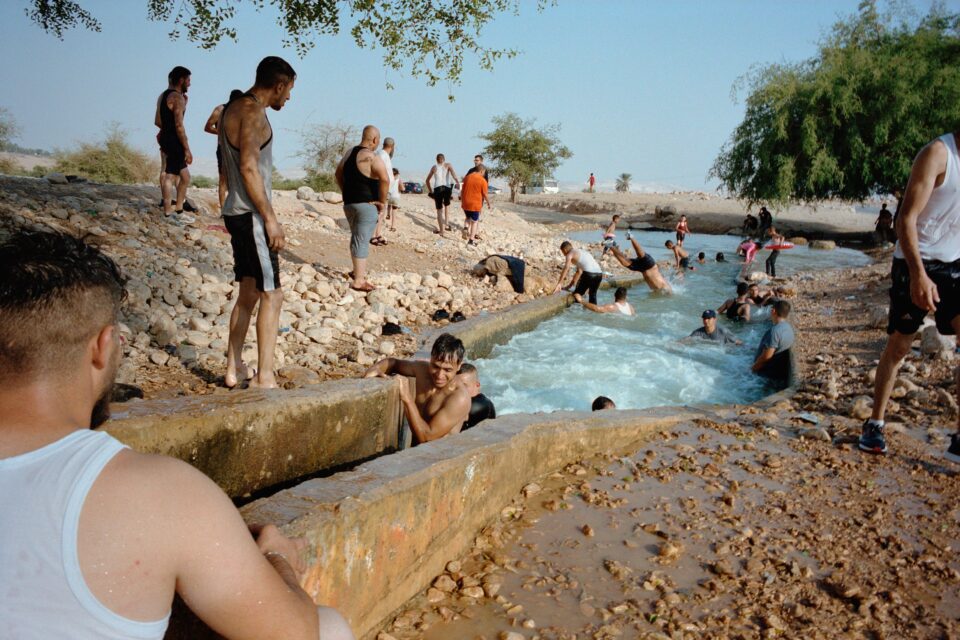
A: What opportunities did the theme of water present to explore broader themes like health, environment and social justice?
JL: I’ll give an example that really ties these together: we have commissioned new work for the exhibition by the Nepali artist Karan Shrestha. He spent almost a decade researching water cycles in Nepal, looking at how the receding glaciers cause flooding and landslides, and how these are also tied to industrialisation, pollution and the expansion of national parks. This further pushes Indigenous people away from their homeland in order to service tourism, and they are often displaced to urban centres that aren’t prepared for rapid population growth. This means that there is now a big problem with cheap labour and migrant workers in other parts of south Asia and the Gulf region. I tell this story a lot because it ties back to melting ice: you wouldn’t imagine that when you see people building future cities in the Gulf region, they are only there because they’ve lost their homes due to flooding from ice. Another big part of this work is looking at mismanagement in Nepal and the dengue epidemic, which has been recurring for over a decade. It happened because of a general lack of freshwater, and stagnant water from storage became a hotbed for infectious diseases, as well as the Aedes aegypti mosquito that carries dengue. Again, many people wouldn’t think of dengue being related to ice or cheap labour and social (in)justice. Shrestha’s really intricate storytelling – drawings, a woven textile piece and sound recordings coming out of water vessels – brings together scientific research, conversations with health organisations, and his own experiences of living and working with the Indigenous communities in Kathmandu.
A: How do you view the role of art in driving forward conversations about global crises like the climate?
JL: It’s not just about museums and galleries, but as a global citizen, you have a voice and a platform – use it! It’s as simple as that. I might not be able to invent a vaccine that can save people from dengue, but in my own sphere of influence, I can amplify other peoples’ voices. I have the privilege to decide what kind of stories will be told in a public space in London. I have the resources to support an artist like Shrestha. It is like Schuppli’s sound recordings – as tragic as they are, they are also beautiful. We should be less concerned about what form our impact takes, and be faithful to each of our roles in the community.
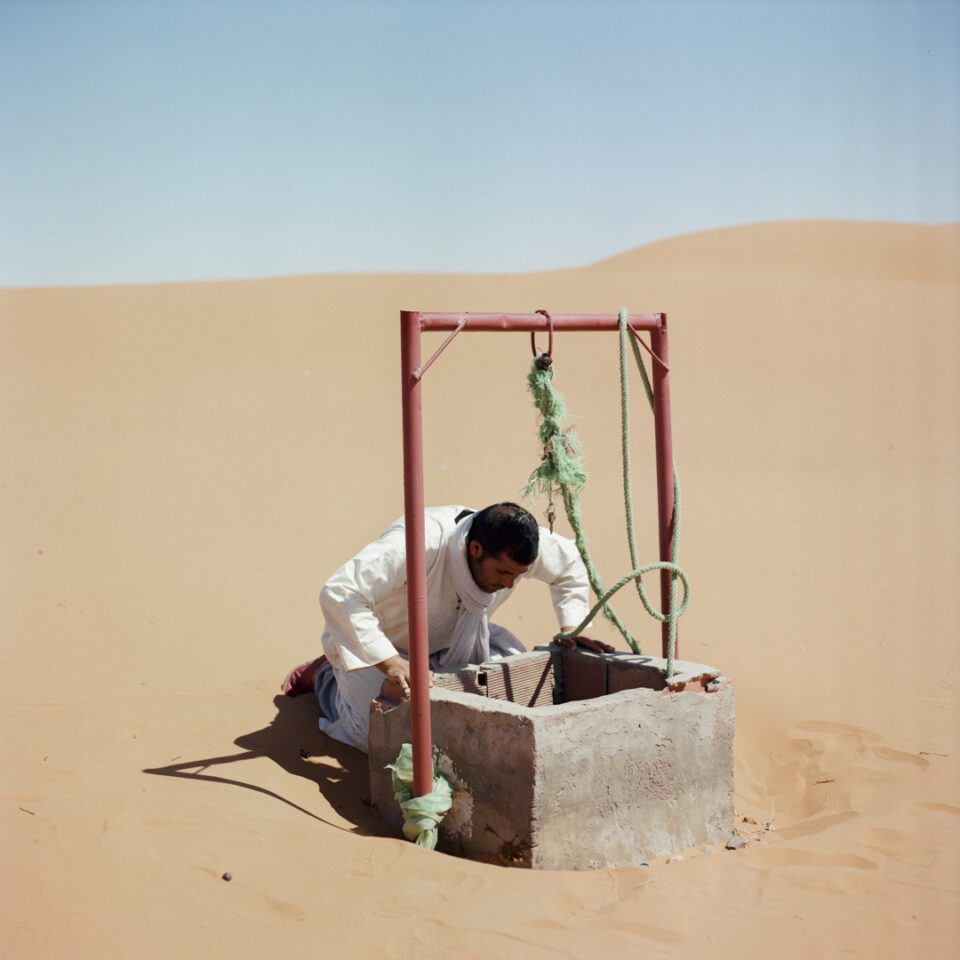
A: Do you have a personal highlight from the exhibition?
JL: There is a lot of work that I love in the show – the multimedia commissions are so ambitious and large-scale – but, personally, I have gained so much from working with the Nature Iraq team who are fundraising to complete the construction of the Eden in Iraq Wastewater Garden. The humanitarian remediation project, expressed through garden design and environmental art, will provide much needed clean water for southern Iraqis, their children and future generations. There is a long history of the Madan people, who’ve lived in the Iraq marshes for between 5,000 and 7,000 years, using harvested reeds from the wetlands to build their mobile and seasonal houses. This is also a place of coexistence: Mesopotamian, Biblical, and Islamic cultures have all thrived on this marshland. It is alarming to see how, through political turbulence and dictatorship over the past three decades, thousands of years of ecological abundance have been destroyed, whilst people’s lives and the environment have become unrecognisable. Artist Meridel Rubenstein and the team at Nature Iraq have worked so hard to bring people back to the marshland and, at the same time, encourage women’s craft industry and their financial independence. This holistic approach to living with water, even when faced with suppression, is so beautiful and resilient.
A: What do you hope people take away from visiting Thirst?
JL: I hope it will prompt visitors to be more mindful of our actions, both big and small. Through different stories and case studies in the exhibition, we can see how much climate breakdown has invisible links to unexpected consequences. For example, saline drinking water in a broken urban infrastructure can lead to miscarriages and a range of gynaecological issues; or how the extraction of groundwater can cause the planet to shift in mass and tilt. For us, especially in cities, we excuse a lot of small behaviours. Hopefully through exposing how interconnected everything is, we can be more mindful about how we live. I also want visitors to take away a feeling of hope: the joy of being in water, seeing the abundance of plant life, children’s play and the experience of communities coming together.
Thirst: In Search of Freshwater is at Wellcome Collection until 1 February 2026: wellcomecollection.org
Words: Emma Jacob & Janice Li
Image Credits:
1&5. M’hammed Kilito Before it’s gone Photographic print © M’hammed Kilito Courtesy of the artist.
2. Chloe Dewe Mathews 32. Mass Baptism, from ‘Thames Log’, 2013C-type print, dry mounted onto card © Chloe Dewe Mathews.
3. Chloe Dewe Mathews 11. Ganesh Visarjan, from‘Thames Log’, 2015C-type print, dry mounted onto card© Chloe Dewe Mathews.
4. Adam Rouhana Ein Aouja, 2022 Photographic print © Adam Rouhana.


